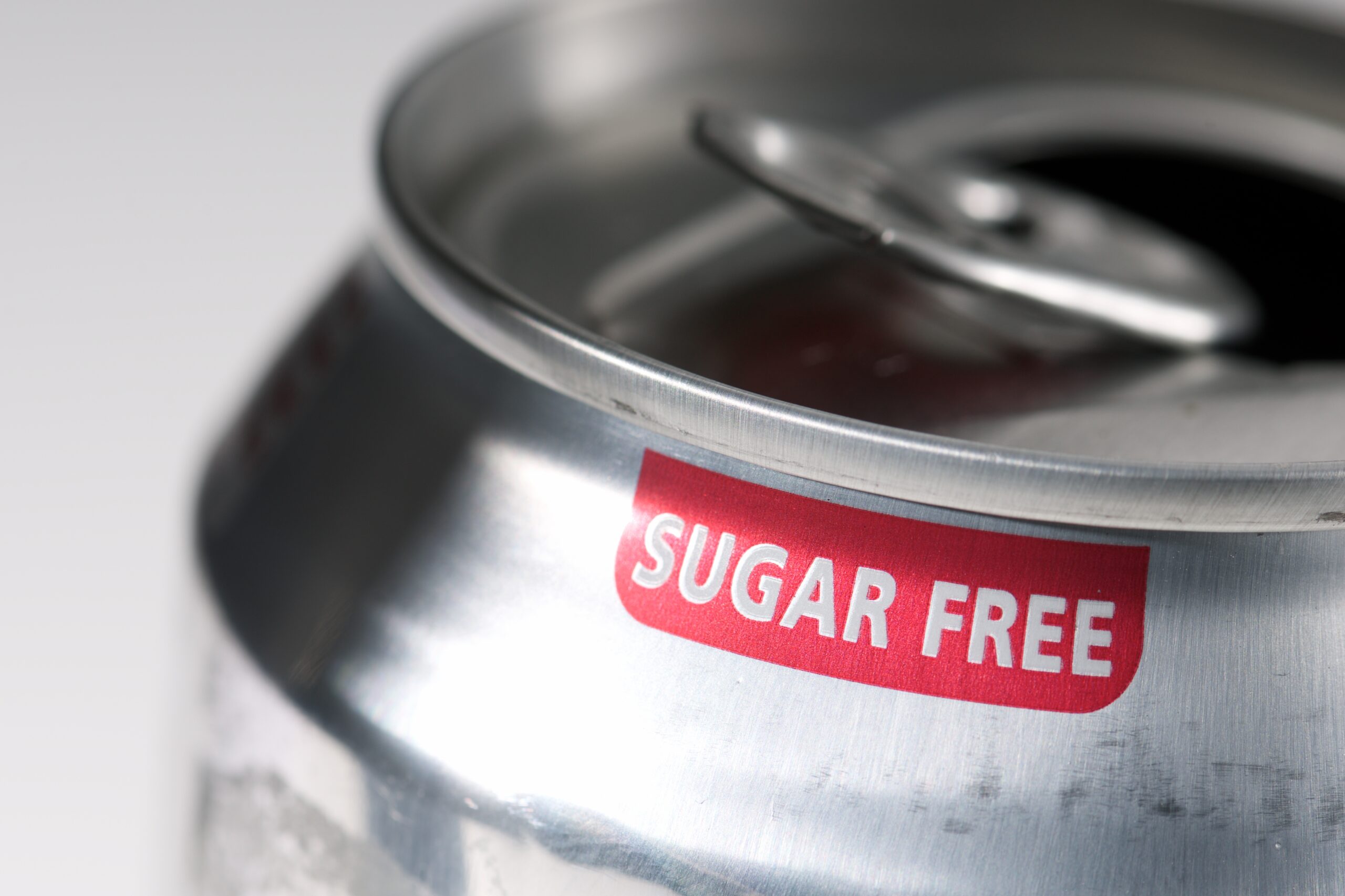Food labels can be deceptive, leading you to believe you’re making healthier choices when in fact, you’re not. Understanding how to read beyond the buzzwords is essential to maintaining a truly balanced and nutritious diet. Always look at the full nutritional information and ingredient lists to make informed decisions about what you’re eating. Here are some of the common food labels and what they truly mean.
Contents
- 1 “All Natural”
- 2 “Light”
- 3 “Multigrain”
- 4 “Fat-Free”
- 5 “Sugar-Free”
- 6 “Gluten-Free”
- 7 “Organic”
- 8 “No Added Sugars”
- 9 “High Protein”
- 10 “Low-Carb”
- 11 “Whole Grain”
- 12 “Made with Real Fruit”
- 13 “Fortified with Vitamins”
- 14 “Low Sodium”
- 15 More From RetailShout
- 16 10 British Party Favorites the Rest of the World Should Know
- 17 16 Timeless ’50s Dishes That Deserve a Comeback
“All Natural”

When you see “all-natural” on a food label, you might assume the product is free from artificial ingredients or preservatives. However, the term “natural” is not heavily regulated, meaning it can still contain processed sugars, oils, and other refined ingredients. For example, natural fruit juices can be loaded with added sugars. While the base ingredient might come from a natural source, it doesn’t necessarily mean it’s healthy or nutritious. Always read the ingredients list to get a clearer picture.
“Light”

“Light” products are often thought to be lower in fat or calories, but the reality can be very different. While a product labeled “light” may have reduced fat, it might still contain a high amount of sugar or sodium to maintain flavor. In some cases, the difference in calorie content between the light and regular versions is minimal. This label can lead you to overeat, thinking you’re making a healthier choice. It’s important to compare the full nutritional information.
“Multigrain”

Many people assume “multigrain” means the product is made from whole grains, but that’s often not the case. “Multigrain” simply means it contains more than one type of grain, but those grains could be refined and stripped of their nutrients. Products like bread, crackers, or cereals labeled as multigrain might still be packed with white flour and added sugars. Look for “whole grain” as the first ingredient to ensure you’re getting a healthier option.
“Fat-Free”

Foods labeled “fat-free” might seem like a healthier option, but fat-free doesn’t necessarily mean low in calories. In many cases, fat is replaced with sugar, artificial sweeteners, or thickeners to maintain the product’s taste and texture. This can result in products that have more calories and are less satisfying, leading to overeating. Fat is an essential nutrient that keeps you full, so choosing foods based solely on their fat content can be misleading.
“Sugar-Free”

“Sugar-free” may sound appealing, but these products often contain artificial sweeteners like aspartame or sucralose, which can have their own health risks. Additionally, sugar-free foods can still be high in unhealthy fats, sodium, and other additives. People may overconsume these products thinking they’re healthier, but the artificial ingredients can trick the brain and trigger cravings for more sweet foods. Always check the overall nutritional content, not just the sugar label.
“Gluten-Free”

The rise in popularity of gluten-free diets has led to many products marketing themselves as gluten-free, but this doesn’t automatically make them healthy. Gluten-free products can still be loaded with sugar, unhealthy fats, and refined starches, which can spike blood sugar levels. In fact, many gluten-free packaged goods are more processed than their gluten-containing counterparts. If you don’t have a gluten intolerance, there’s no need to assume that gluten-free equals healthier.
“Organic”

While organic foods may have fewer pesticides or antibiotics, the term “organic” doesn’t always guarantee better nutrition. Organic cookies, chips, or ice creams can still be high in sugar, fat, and calories. Just because something is organic doesn’t mean it’s automatically a healthy choice. It’s crucial to still examine the overall ingredients and nutritional content, even if it’s labeled organic.
“No Added Sugars”

A label that says “no added sugars” might make you believe a product is low in sugar, but that’s not always the case. These products can still be high in natural sugars, like those found in fruit concentrates or honey, which can be just as calorically dense. Additionally, products with no added sugars often compensate by adding more fats or artificial sweeteners. Reading the full nutritional breakdown is key to understanding the real sugar content.
“High Protein”

High-protein foods are trending, but not all of them are as healthy as they seem. Many high-protein bars or snacks are also high in sugar, saturated fats, and artificial ingredients. The protein content might be boosted by highly processed sources like soy isolates, which aren’t as nutritious as whole food protein sources. Always check where the protein is coming from and how much sugar or fat the product contains.
“Low-Carb”

Low-carb diets are popular, but many products marketed as “low-carb” are processed and loaded with unhealthy fats or artificial ingredients. Some low-carb products, like snacks or bars, also replace carbohydrates with sugar alcohols, which can cause digestive issues. While cutting carbs can be effective for weight loss, not all low-carb foods are healthy or nutritious. Focus on whole, unprocessed low-carb foods instead of relying on packaged options.
“Whole Grain”

While “whole grain” can be a sign of a healthier product, it doesn’t always mean the food is entirely made of whole grains. Some products labeled “whole grain” only contain a small percentage of whole grains mixed with refined flours and sugars. This can apply to breads, cereals, and crackers that seem healthy but are still highly processed. Be sure to check if whole grains are listed as the first ingredient, which indicates a more substantial amount.
“Made with Real Fruit”

Products labeled “made with real fruit” often give the impression of a nutritious option, but in reality, they can contain very little fruit. Many times, these foods contain fruit concentrates or purees, which are essentially sugar. Granola bars, gummies, or fruit-flavored snacks often use this label, despite containing only a small fraction of actual fruit content. It’s best to look at the ingredients list to see how much real fruit is actually included.
“Fortified with Vitamins”

Fortified foods might seem like a great way to get extra nutrients, but they can often be highly processed and lack other essential elements. Breakfast cereals, snack bars, and juices commonly use this label, adding synthetic vitamins to make the product appear healthier. However, just because a food is fortified doesn’t mean it’s a nutritious option—it’s often still full of sugars or unhealthy fats. Whole foods naturally rich in vitamins are always a better choice.
“Low Sodium”

A “low sodium” label can lead people to think a product is heart-healthy, but low sodium doesn’t mean the product is low in fat, sugar, or calories. Some low-sodium products, like soups or snacks, make up for the reduced salt content by adding other unhealthy ingredients, such as preservatives or sugar. Furthermore, some foods naturally low in sodium might not be nutritious overall. Always evaluate the product as a whole rather than focusing on just one aspect like sodium.
This article originally appeared on RetailShout.
More From RetailShout
17 Hydrating Fruits to Include in Your Daily Diet

Staying hydrated is one of the most important things you can do for your body, but it doesn’t always have to come from just drinking water. Adding fruits with high water content to your daily diet can help you stay hydrated in a delicious and natural way. Read More.
10 British Party Favorites the Rest of the World Should Know

When it comes to party foods, Britain offers a treasure trove of delectable bites that many outside the UK have yet to experience. These traditional British snacks and treats are perfect for any festive occasion, bringing a taste of Britain’s culinary heritage to the table. Read More.
16 Timeless ’50s Dishes That Deserve a Comeback

Remember those dishes your grandparents used to make that were comforting, simple, and full of flavor? The 1950s were packed with meals that brought families together around the dinner table. Read More.






